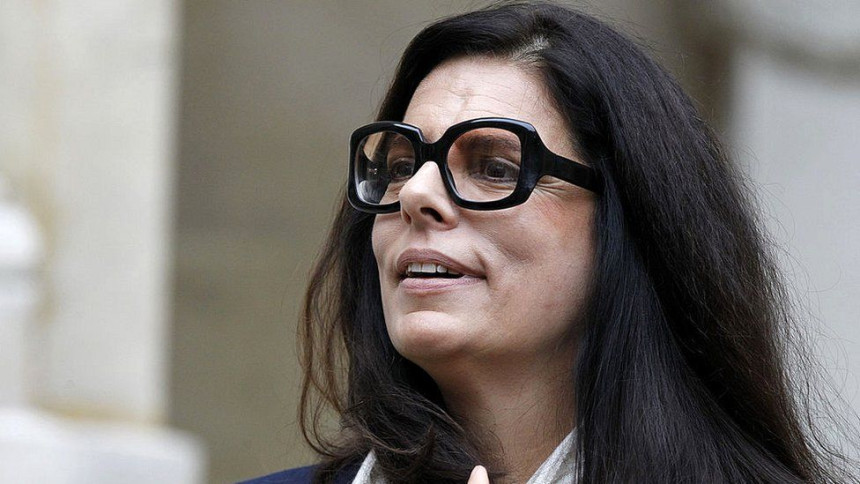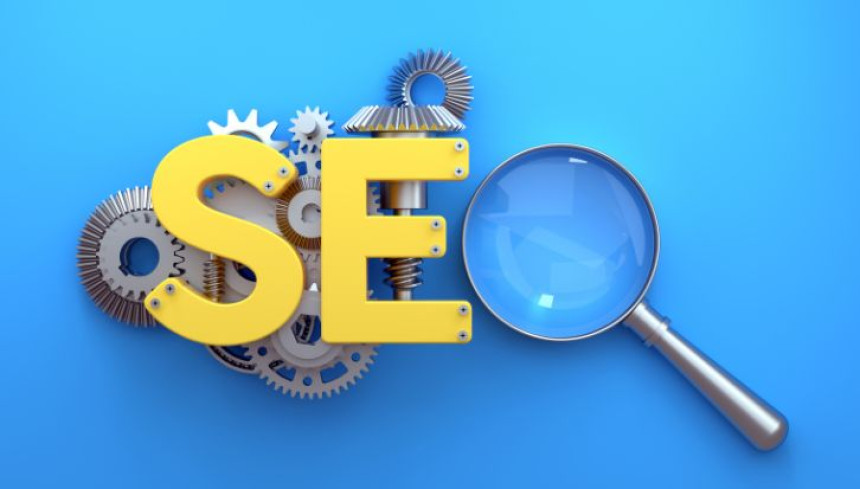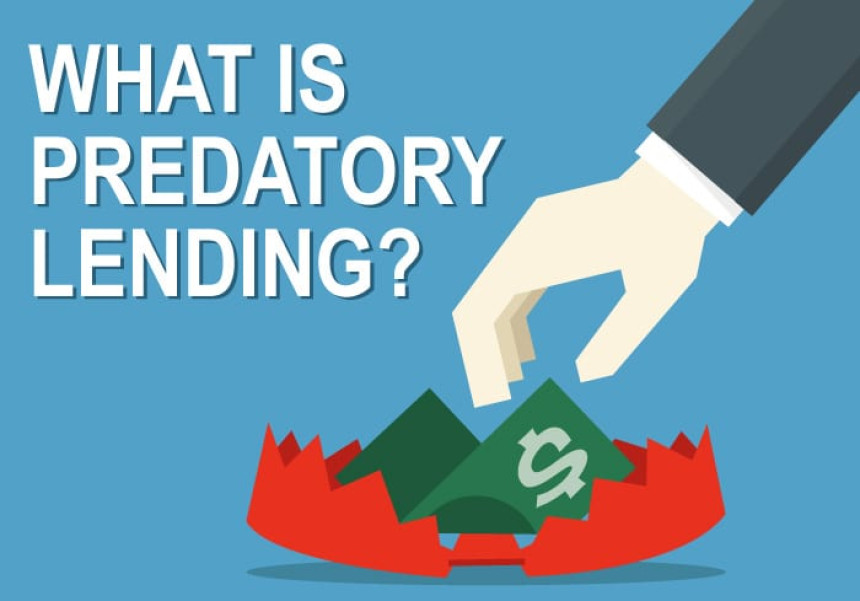
Hashtags
2 years ago
Hashtags
#what-is-this
What is On Page Seo?
On-page SEO (Search Engine Optimization) refers to the process of optimizing individual web pages to improve their visibility and rankings in search engine results pages (SERPs). It involves optimizing various elements directly on the page itself to make it more relevant and user-friendly for both search engines and human visitors.
Here are the key components of on-page SEO:
- Keyword Optimization: This involves strategically placing relevant keywords within the content, meta tags (title, description), headers, and other on-page elements. It's important to use keywords naturally and avoid keyword stuffing, which can be detrimental to SEO.
- Meta Tags Optimization:
- Title Tag: This is the title that appears in search results and at the top of the browser window. It should accurately describe the content of the page and include the main keyword.
- Meta Description: This is a brief summary of the page's content. It should be engaging and informative, encouraging users to click through to your page.
- Header Tags (H1, H2, H3, etc.): Proper use of header tags helps organize content and signals the importance of different sections to search engines. The H1 tag typically represents the main heading of the page and should include relevant keywords.
- URL Structure: A clean, descriptive, and easy-to-read URL is beneficial for both users and search engines. It should reflect the content of the page and may contain relevant keywords.
- Keyword Density and Placement: Ensuring that keywords are used naturally throughout the content without overuse or forced placement.
- High-Quality, Relevant Content: Providing valuable, well-written content that addresses the needs or questions of your target audience. Content should be original, informative, and engaging.
- Image Optimization: This involves using descriptive alt tags for images to provide context for search engines and users who may have images disabled.
- Internal Linking: Including relevant internal links within your content helps users navigate your site and provides search engines with context about the relationships between pages.
- External Linking: Linking to reputable and relevant external sources can provide additional context and credibility to your content.
- User Experience (UX): Ensuring that the page is easy to navigate, loads quickly, is mobile-friendly, and provides a positive user experience.
- Social Sharing Integration: Including social sharing buttons or widgets can encourage visitors to share your content, potentially increasing its visibility.
- Schema Markup: Adding schema markup to your content can provide search engines with additional context about the content, helping them better understand and display it in search results.
- Local SEO Elements (if applicable): For businesses targeting specific geographic locations, including location-specific information (NAP - Name, Address, Phone) is crucial for local search optimization.
On-page SEO is a fundamental aspect of optimizing a website for search engines. When done correctly, it helps search engines understand the content of your page, which in turn increases the likelihood of ranking well for relevant searches. Remember, on-page SEO should always prioritize providing value to human visitors, not just catering to search engine algorithms.





